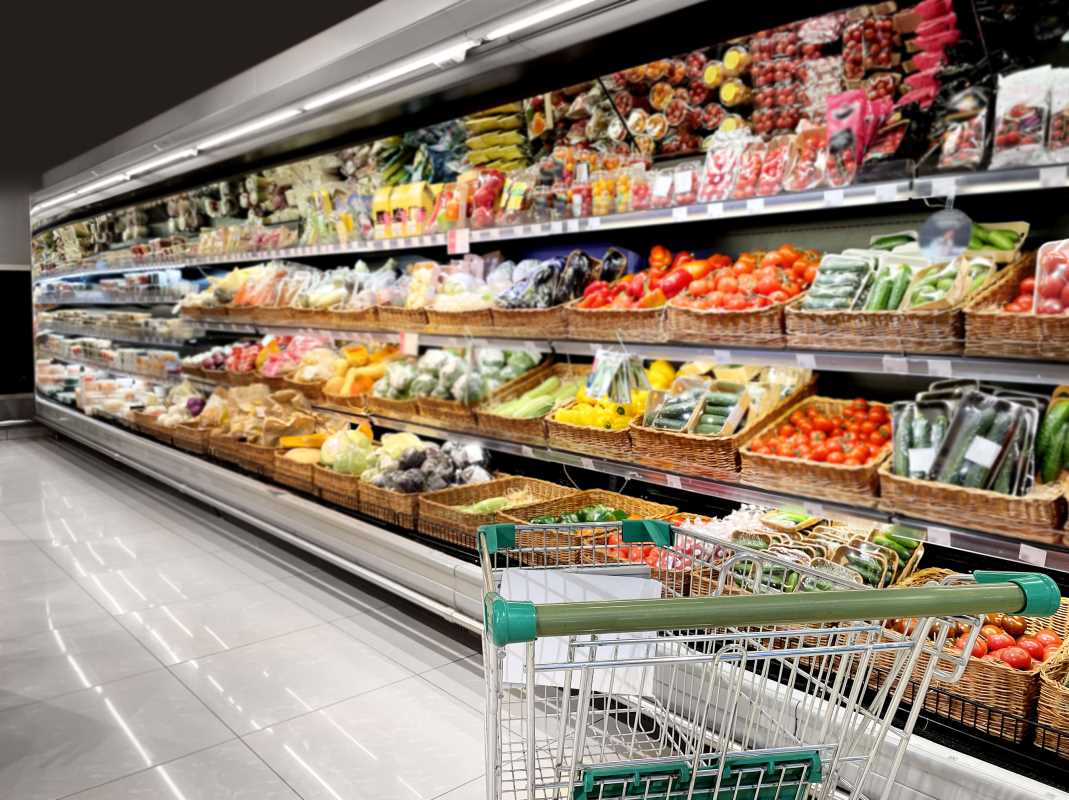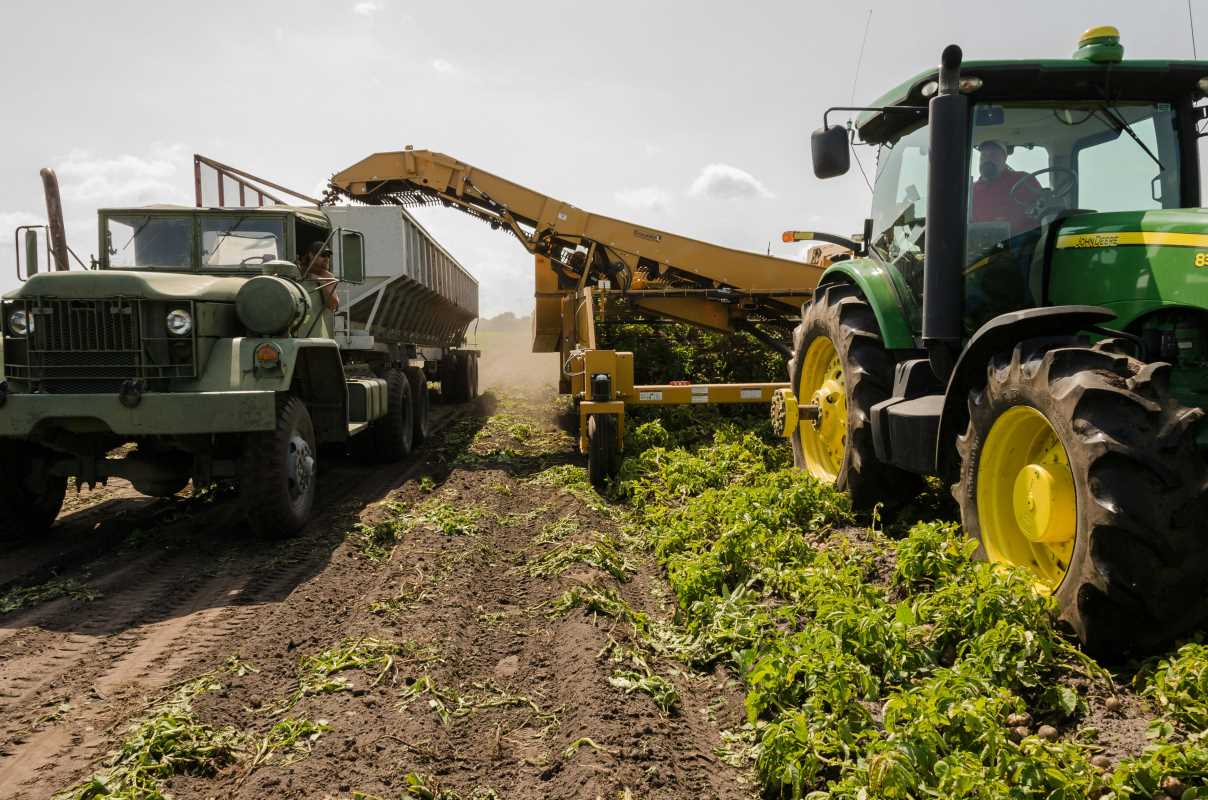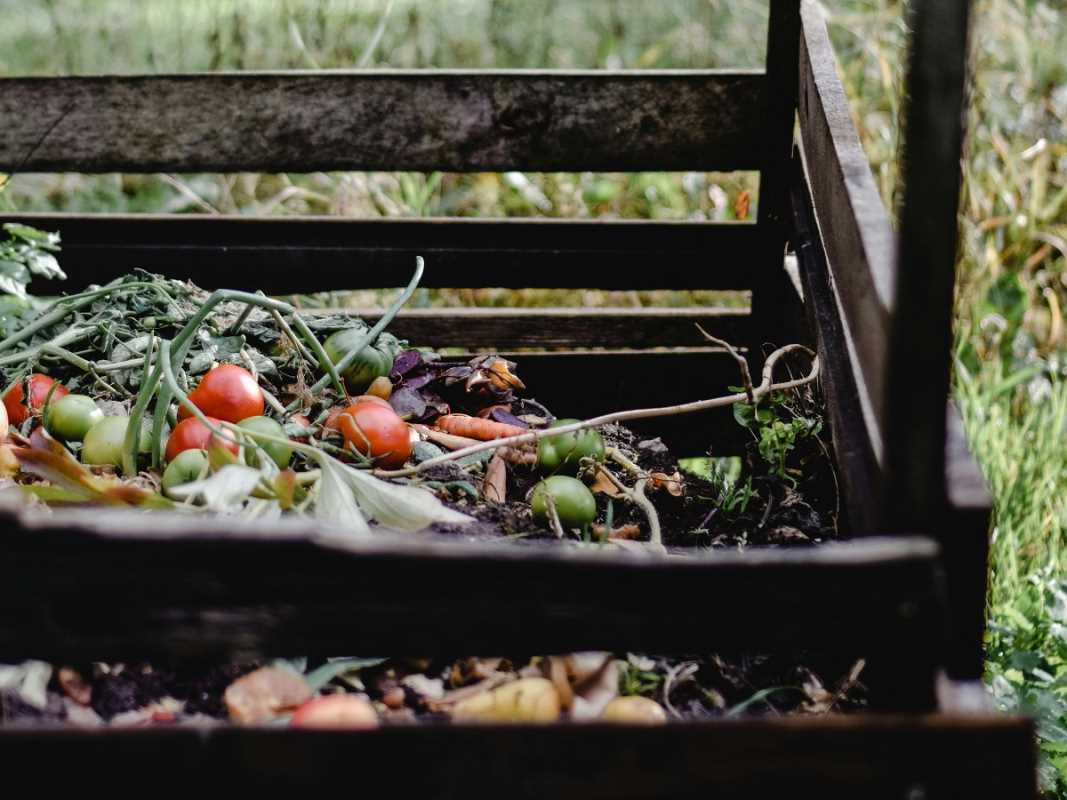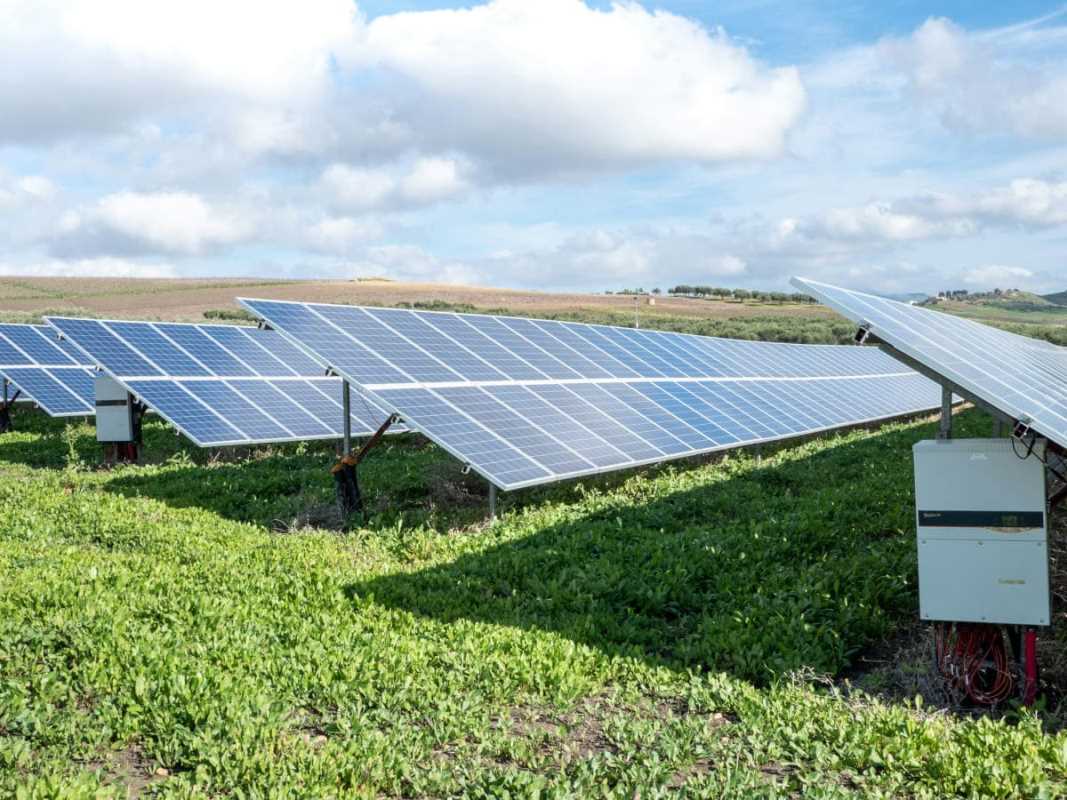Growers and distributors now benefit from smart technology that is reshaping local food distribution. Modern tools like advanced communication platforms, real-time data analytics, and automated systems enable a smoother journey for produce and goods from farms to consumers. With these innovations, those managing larger plots of land can easily reach buyers, organize logistics more efficiently, and improve their day-to-day operations. The adoption of these technologies not only speeds up transactions but also enhances transparency and reliability throughout the supply chain, making it easier for producers to meet growing consumer expectations for fresh, high-quality food.
Smart platforms eliminate middlemen and increase the efficiency of the entire process. They help raise the visibility of quality produce and open new revenue streams, ensuring that growers see tangible benefits from their efforts. Innovative systems enable quick matching of supply and demand, reducing waste and increasing profitability while creating a more connected market environment.
Challenges Facing Local Food Sales Today
Local food distribution encounters several hurdles that slow down growth and the adoption of new practices. Traditional ways of selling produce often involve time-consuming logistics, limited reach, and fragmented communication channels between producers and consumers. These obstacles make it difficult for growers to expand their operations without incurring high costs.
Consider these common challenges:
- Lack of streamlined inventory management, making it hard to predict product availability.
- Inefficient scheduling of deliveries, which sometimes results in delayed produce reaching customers.
- Limited access to real-time market data, leading to mispricing of goods.
- Dependence on outdated communication methods that slow down transactions.
Addressing these issues requires new solutions that can keep pace with modern market demands.
Emergence of Smart Tech in Agriculture
New technologies are emerging that turn these challenges into opportunities. Modern systems help coordinate tasks, improve data accuracy, and offer real-time updates that boost operational efficiency. These innovations make managing large-scale operations easier and more profitable.
Here are some key technologies gaining popularity:
- Mobile apps that help manage orders and track deliveries with ease.
- Automated inventory systems that monitor stock levels and forecast restocking needs.
- Smart sensors and climate monitors that provide real-time data about crop conditions.
- Digital marketplaces that enable direct connections between producers and end-users.
- Advanced analytics platforms for evaluating market trends and consumer preferences.
Each of these developments plays a crucial role in modernizing farming and distribution processes.
New Solutions for Connecting Growers and Buyers
The need for innovation has led to many solutions that benefit both growers and buyers. New systems create more direct channels for communication and transactions. These platforms improve transparency and reduce delays in delivery. For example, local food sales trends show buyers can access detailed product information and place orders with just a few taps.
Using these methods saves time and money while building trust between sellers and consumers. By focusing on better data sharing and real-time communication, the industry has made significant progress in promoting faster, more reliable delivery of fresh produce. Growers can now respond more effectively to market changes and adapt when needed.
Smart Tech Tools You Can Use Now
Several practical tools and platforms are available to make daily tasks easier. Farmers and operators can immediately download or subscribe to various services designed to coordinate farming activities. These resources reduce manual effort and enhance overall performance. Some tools stand out because of their ease of use and useful features.
Consider adding these essential tools to your operation:
- A reliable mobile ordering system that integrates smoothly with your current setup.
- Cloud-based inventory software that monitors stock levels around the clock.
- Analytics platforms that deliver actionable insights based on real-time data.
- Digital logistics tools for scheduling and route planning.
- A cutting-edge smart tech marketplace that connects growers to consumers quickly and easily.
Implementing these tools can greatly simplify daily management while increasing sales and customer engagement.
Growers who use digital tools like Proprietary gain speed and accuracy in a competitive market. Embracing these innovations advances local produce distribution.
 (Image via
(Image via





